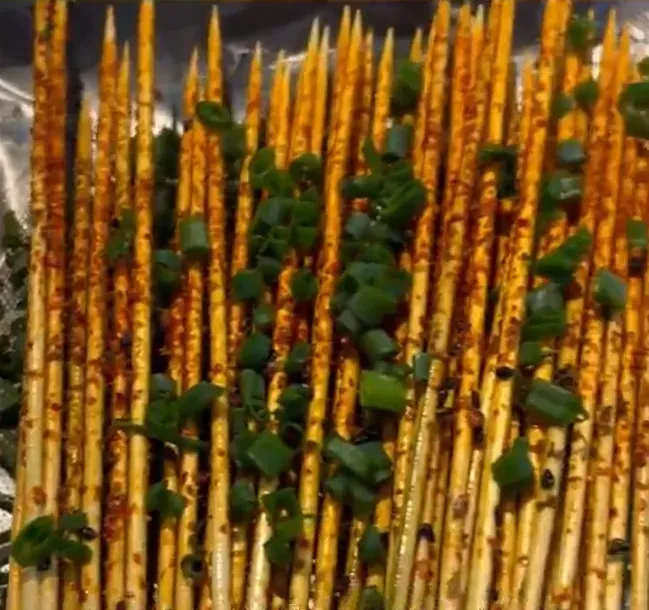Have you ever wondered where ice-cream flavors go to die? Well, believe it or not, they have their very own cemetery, in Vermont.
The New England city of Vermont is famous for its Ben&Jerry’s ice cream, and the company’s Waterbury factory is the most popular tourist attraction in the whole state. One of the things that makes Ben&Jerry’s special is the wide variety of flavors, but as new ones emerge every year, older and unpopular ones reach the end of the line. To honor their memory, Ben&Jerry’s built a cemetery just for them.
Located on a hill, behind the famous Waterbury ice-cream factory, the Flavor Cemetery features hundreds of plastic tombstones, for every wacky flavor ever launched by Ben&Jerry’s. Each tombstone has an artist-written epitaph and a list of ingredients of the “deceased” ice-creams. Since the birth of Ben&Jerry’s, 200 flavors that have failed to impress customers, ended up pushing daisies in the Flavor Cemetery.
But don’t start crying over the demise of your favorite ice-cream flavor, just yet. According to Ben&Jerry’s, you have the power to bring “deceased” flavors back from the dead, by asking for it on their official website. If a flavor gets enough votes to convince management, it will be exhumed and brought back in the world of the living.




















